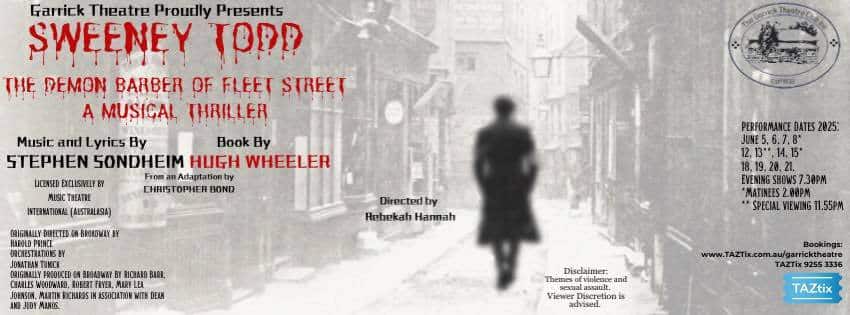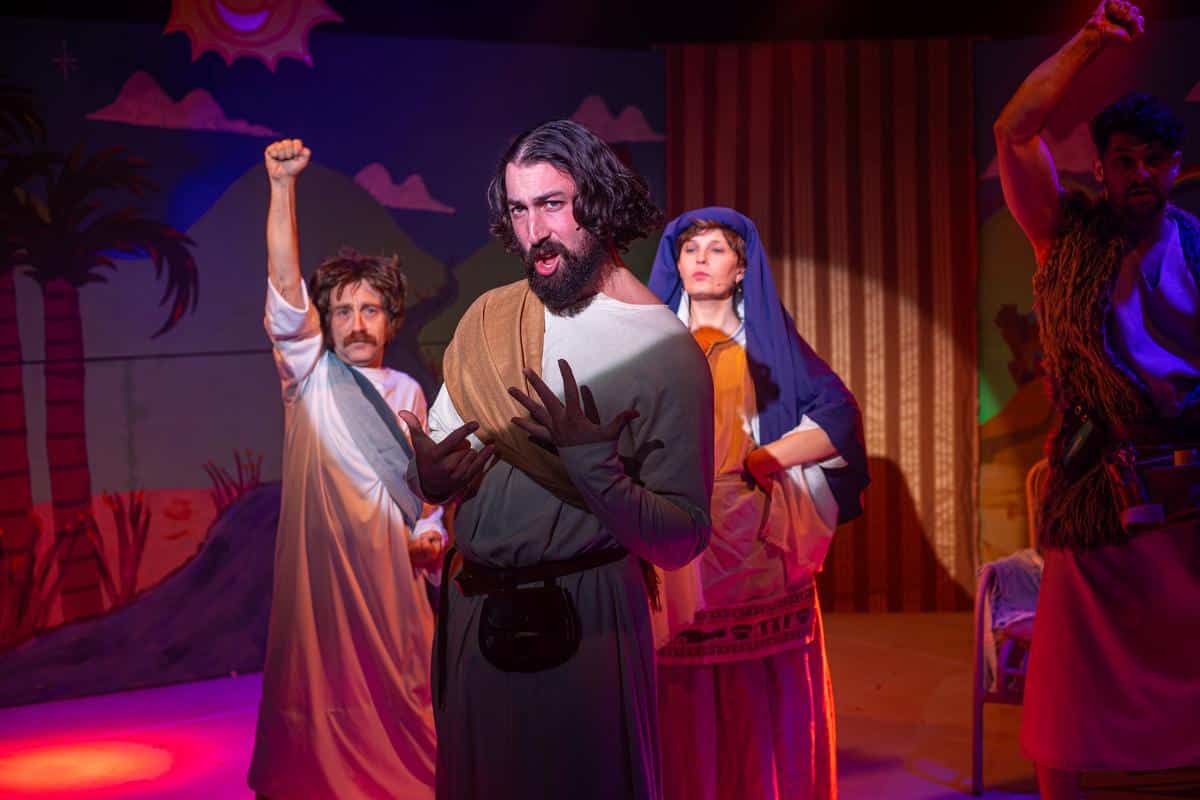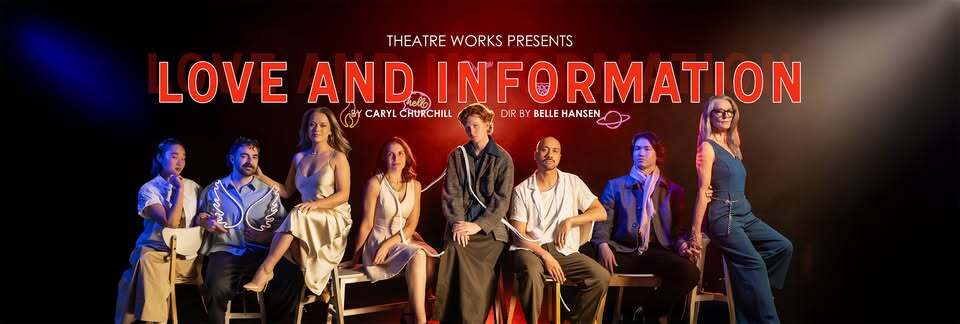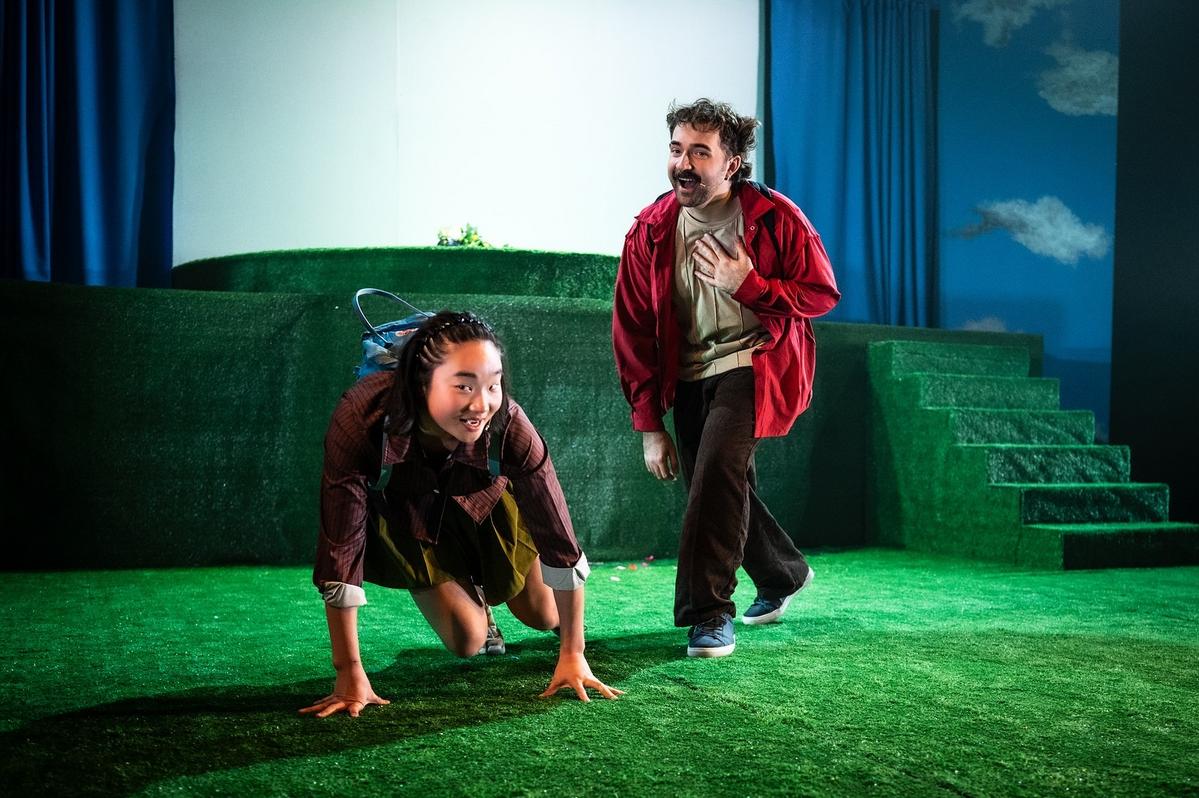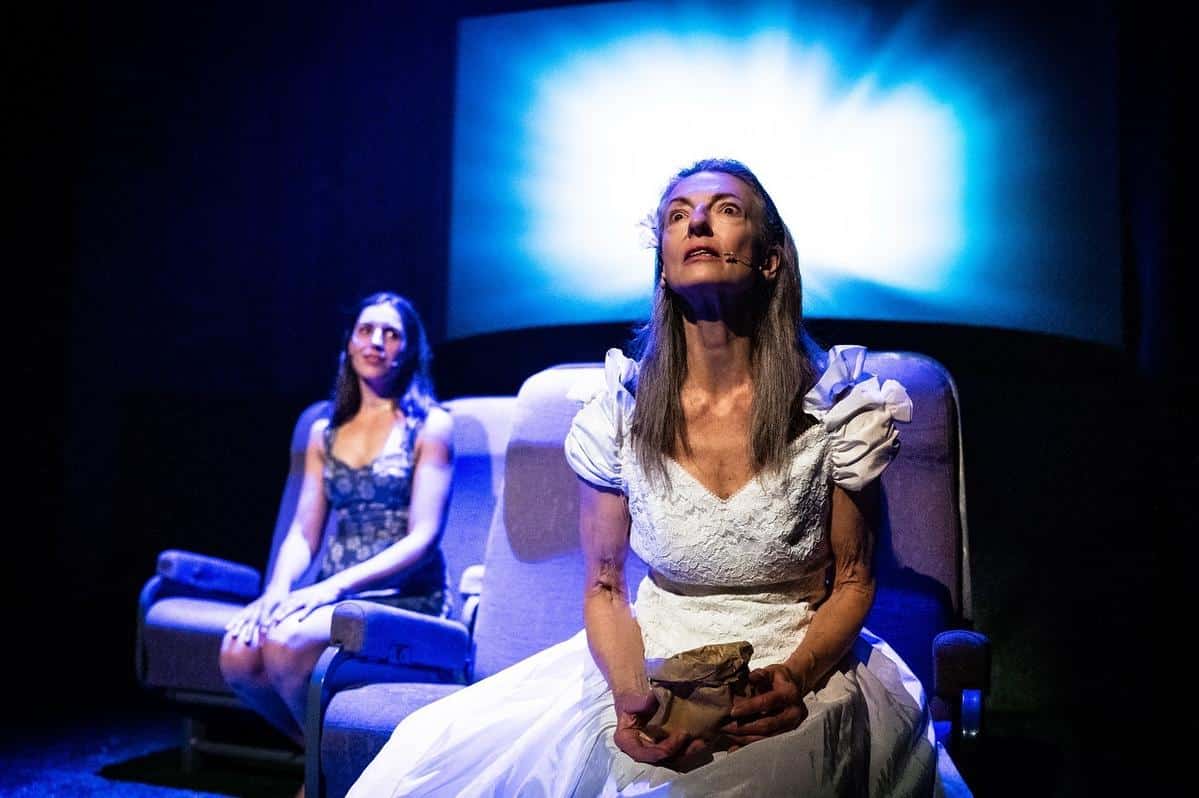Opening night of “Sweeney Todd: The Demon Barber of Fleet Street” burst onto the stage at the Garrick Theatre on Thursday night 5th June 2025. Well, almost. The only apparent nerves came from the bio box (aka projection box), when a fuse suddenly blew just before the opening act, plunging half the stage into darkness. “Is there an electrician in the house?” was on the minds of the crew frantically finding a temporary fix. It was a testament to the cast and crew who handled the almost disastrous situation with professional ease.
Take Two. It’s often easy to forget that you’re watching community theatre at the Garrick. And Sweeney Todd was no exception. The breadth of musical talent wouldn’t be out of place on any main stage, except I was glad that it wasn’t, as the intimate Garrick Theatre is the perfect setting for such a macabre production.
In case you’re not familiar with the story, the gripping musical thriller by Hugh Wheeler is set in 19th-century London and centres around a barber seeking retribution. He takes up residence above Mrs Lovett’s struggling pie shop, who soon becomes his accomplice, and together they embark on a grim venture. Featuring adult content, the play explores the themes of love, loss, revenge, justice and corruption.
The talented cast is led by Finley award-winning Mark Thompson (Sweeney Todd) alongside the impeccable operatic notes and wonderful characterisation from Katie Nowland as Mrs Lovett. Their bittersweet union is intertwined with desire and revenge as together they delve into the dark side of human nature.
Returning to the musical theatre stage, Jeremy Beerkens plays Anthony, who is besotted with Johanna, played by the effervescent Lily Wakeling, whose exquisite voice has featured in Les Misérables, Peter Pan and Mary Poppins.
In complete contrast to Johanna’s ethereal presence, is her creepy guardian, Judge Turpin (played by Peter ‘Pear’ Carr, who has starred in over 100 productions around Perth) and his slimy side-kick Beadle (played by Ben Anderson) will make you wonder who the true villain is.
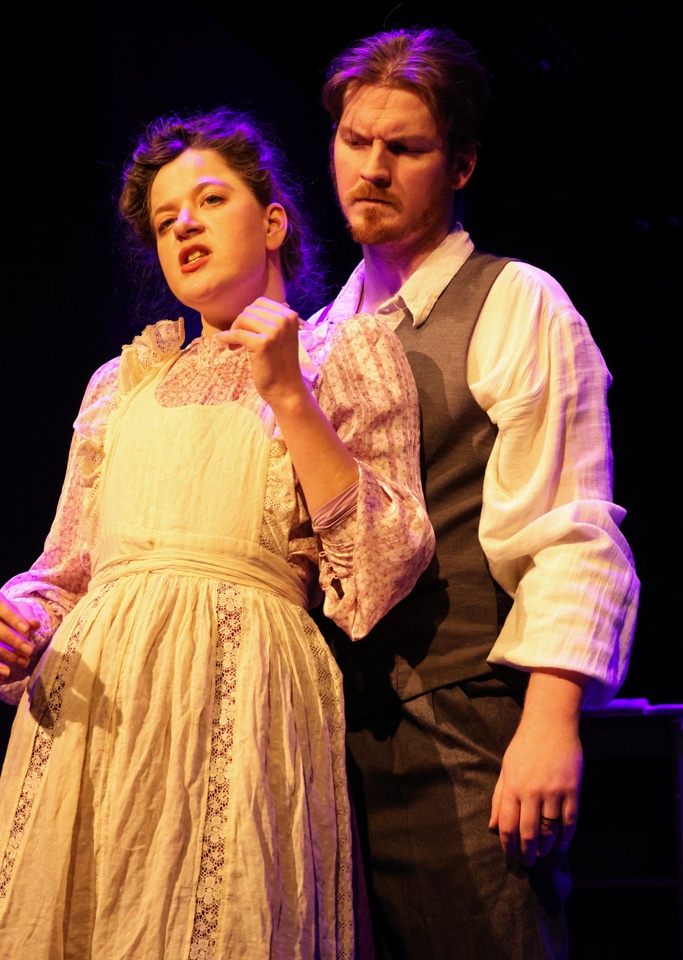
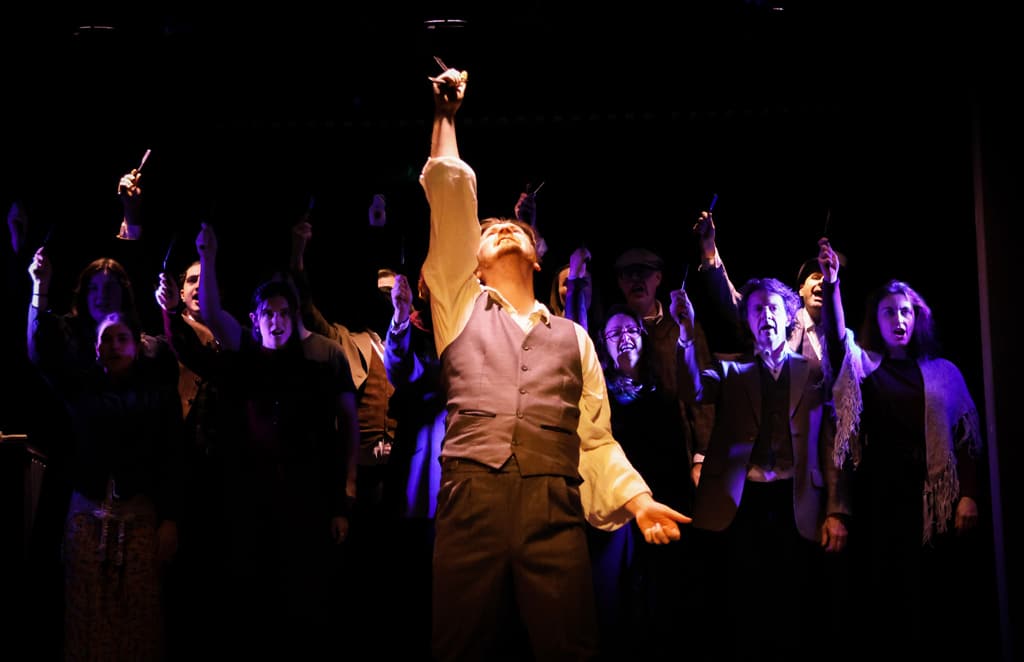
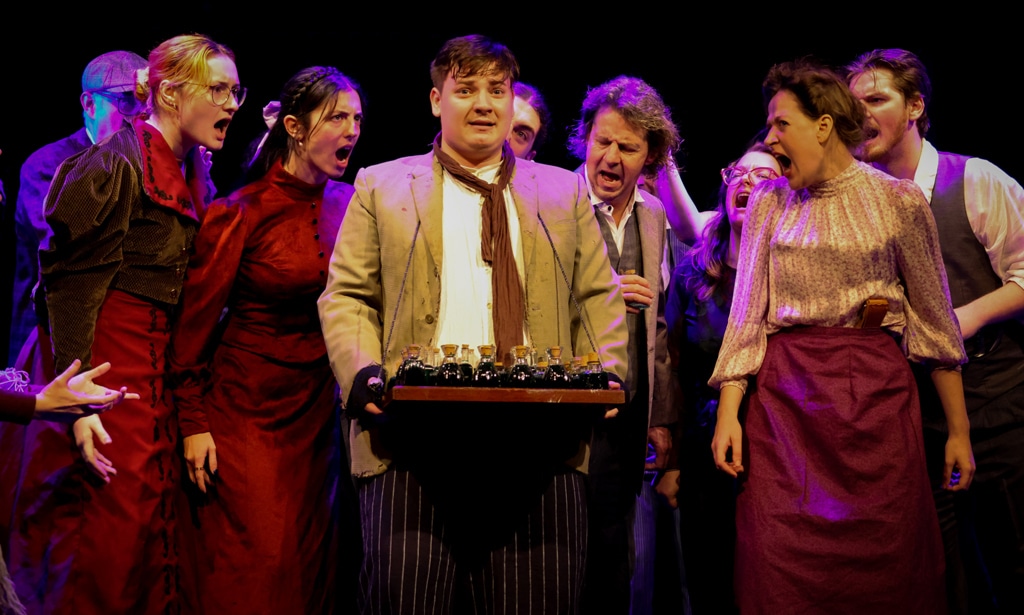
More outstanding performances include Corban Featon (Tobias), Nera Camponovo (Adolfo), Russell Fellows (Jonas), and Grace Edwards (two-time Finley winner) as the beggar woman and Lucy, and debuting at the Garrick. The support from the ensemble further brought the story to life, including Indya Lange, Breanna Cooke, Thomas La Cava, Carly Ranger, Genevieve Del Casale, Tim Sadleir, Louise Tucker, Kieran Smith, Andrea Zencich, Nikita Nankiville, Max Leunig, and Brandon Masters.
The tiny and minimalist stage, designed by Mark Nicholson (set design and construction/lighting designer), allowed the cast to shine against a simple backdrop, further amplifying the spookiness of the historic theatre established in Guildford in 1932, making it Perth’s longest-running community theatre. If only the walls could talk – and sometimes they do if you believe the haunting rumours.
The brilliant costumes by costumier Merri Ford enhanced the visuals while conveying the atmosphere of 19th-century London, further emphasised by the historic surroundings.
As with any community theatre production, it’s all hands-on deck with the multi-talented production crew, featuring Jason Blaine (Stage Manager), Ali Louise (Assistant Stage Manager and Assistant Props), Brody Lawrence (Stagehand) and Hamish Ford (Sound Operator) working tirelessly in the background.
Musician Ben Clapton debuts his role as musical director with “Sweeney Todd,” bringing the music and lyrics of Stephen Sondheim to life through the vocals and harmonies, creating an impactful and emotive storytelling experience. Paris Jenner also took on a debut role as a lighting operator, and was in charge of photography and props, including those suspicious pies.
Up-and-coming Director Rebekah Hannah drew out layers of light and dark from the talented cast, with plenty of humour balancing out the sinister moments from the production adaptation by Christopher Bond.
Running for almost three hours, the performance was so compelling and well-paced that it didn’t feel long; instead, it left me wondering what would happen next to the characters. Although it’s unlikely a sequel is on the cards, something tells me the Garrick Theatre’s rendition of “Sweeney Todd” will have its praises sung far and wide.
To book tickets to Sweeney Todd: The Demon Barber of Fleet Street, please visit https://garricktheatre.com.au/shows/.
Running dates: June 5, 6, 7, 8*, 12, 13**, 14, 15*, 18, 19, 20 & 21. Evening shows at 7.30pm, *matinees 2pm and a special spooky midnight performance on at 11.55pm on the 13th June.
